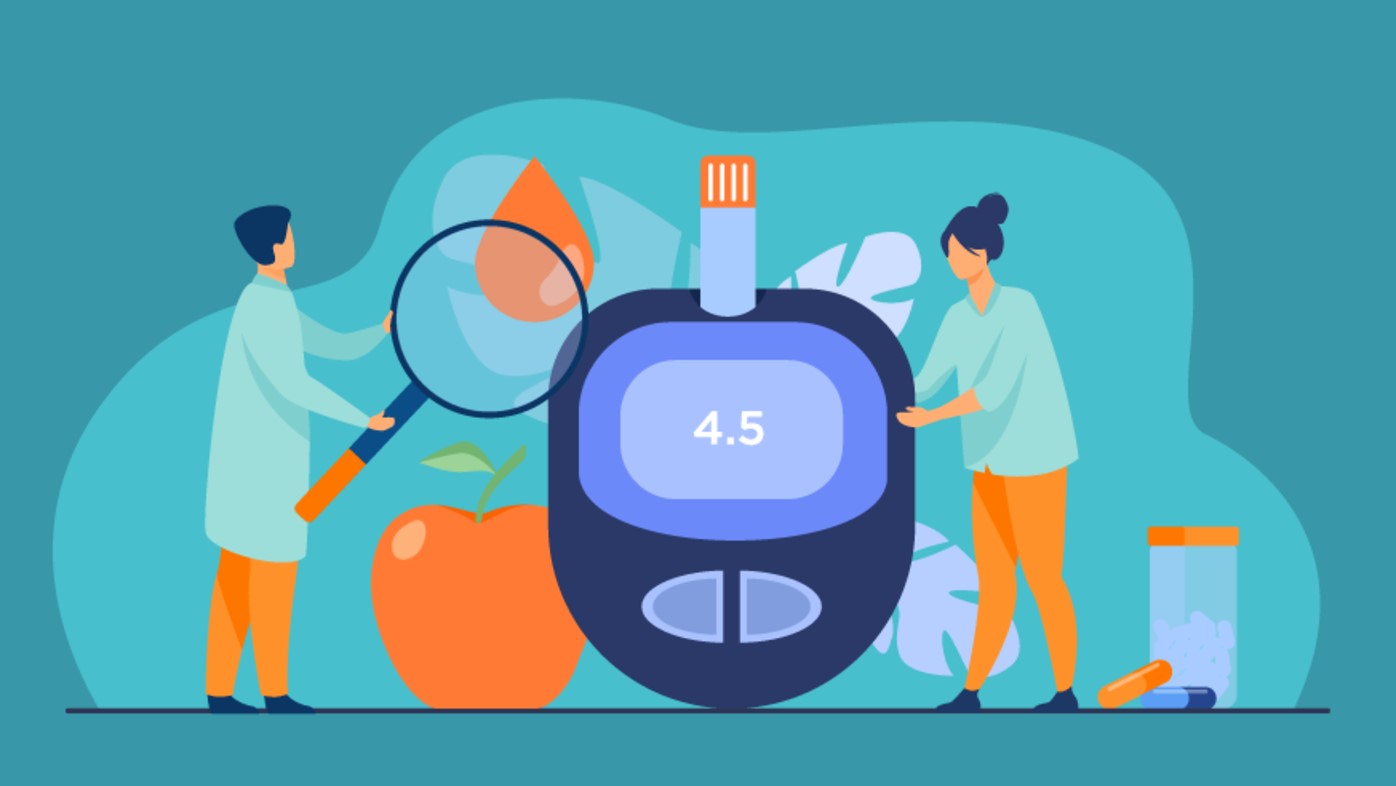
This is WHO's theme for World Diabetes Day 2024, which reaffirms the medical community's commitment to reducing the risk of diabetes and ensuring that all people diagnosed with diabetes have access to equitable, comprehensive, affordable and quality treatment and care.
The main goal of World Diabetes Day is to raise awareness, spread knowledge and create the lasting change needed to improve the prevention, diagnosis and treatment of the disease.
Addressing the underlying causes of most chronic diseases, including diet, requires a holistic approach of behavioral interventions focusing on key aspects of lifestyle (nutrition, physical activity, stress management, healthy sleep, social connection, tobacco and alcohol use).
The most important behavioral risk factor is nutrition!
Proper nutrition in DM is aimed at maintaining stable blood sugar and cholesterol levels, as well as normalizing body weight.
Every patient diagnosed with diabetes should know about such concepts as “bread unit” and “glycemic index”. This is necessary to control the daily allowance of carbohydrates, which your doctor will help you calculate and teach you.
|
1 bread unit (BU) =10-12 grams of carbohydrates (10 grams can be taken for ease of calculation). 1 unit of bread increases the sugar level by 2-2.8 mmol/L on average. |
The glycemic index (GI) indicates the rate at which a product is converted into glucose and enters the bloodstream. The higher the GI, the faster blood glucose will rise. A low GI is ≤ 55, a medium GI is 56-69, and a high GI is 70 or more. For example, the GI of white bread =100. |
|
There are special tables with the glycemic index of foods, as well as tables with approximate calculations of bread units (Internet resources). |
|
Basic nutritional recommendations for DM:
1. Regularity of meals: Eat at the same time, 4-5 times a day in small portions to avoid blood sugar spikes.
2. Complex (slow) carbohydrates instead of simple (fast) carbohydrates:
|
Slowly raise blood sugar, low GI. |
Rapidly raise blood sugar, medium to high GI. |
|
Cereals (buckwheat, oatmeal, perlovka), whole-grain bread, legumes and vegetables (non-starchy - leafy greens, cabbage, cucumbers, etc.). |
Sugar, honey, candy, muffins, fruit juices, sweet drinks, grapes, bananas and other sweet fruits, sweet vegetables, breakfast cereals, ice cream, etc. |
3. Less fat (fatty, fried foods disrupt insulin sensitivity).
|
Choose healthy fats: olive oil, flaxseed oil, avocado, nuts, fish. Steam, bake or boil your food. |
Limit: fatty meat and dairy products, fried foods. Exclude: sausages, sausages, fast food. |
4. More fiber: Vegetables, fruits, whole grains and legumes contain fiber, which helps control sugar levels and improves digestion.
5. Protein is an important part of the diet. Protein helps keep you satiety longer and does not affect blood sugar levels. Include lean poultry (turkey, chicken) horse meat, fish, eggs, cottage cheese, and legumes in your diet.
7. Water. Sufficient water intake improves metabolism, prevents dehydration. The daily norm of water is 30 ml/kg of body weight (on average 1.5-2 liters/d, if there are no contraindications).
8. Carefully study product labels. Read the composition and nutritional value of 100 g of the product. Avoid products with a lot of carbohydrates, fats, chemical food additives.
Remember! Compliance with these recommendations will help to better control diabetes, to make an individual diet, consult your doctor or nutritionist.



